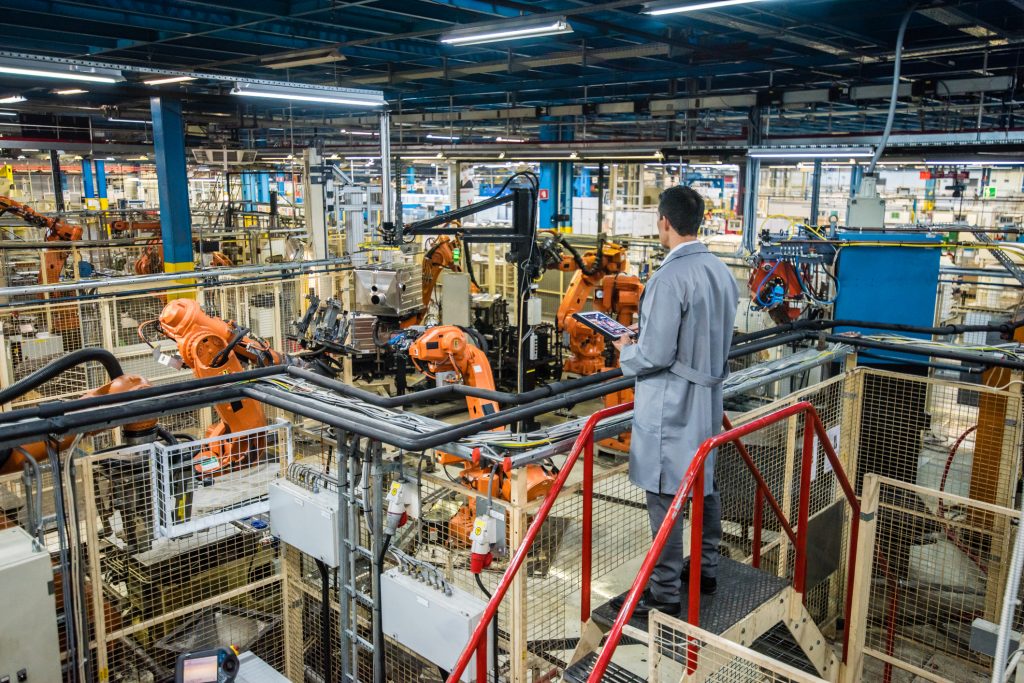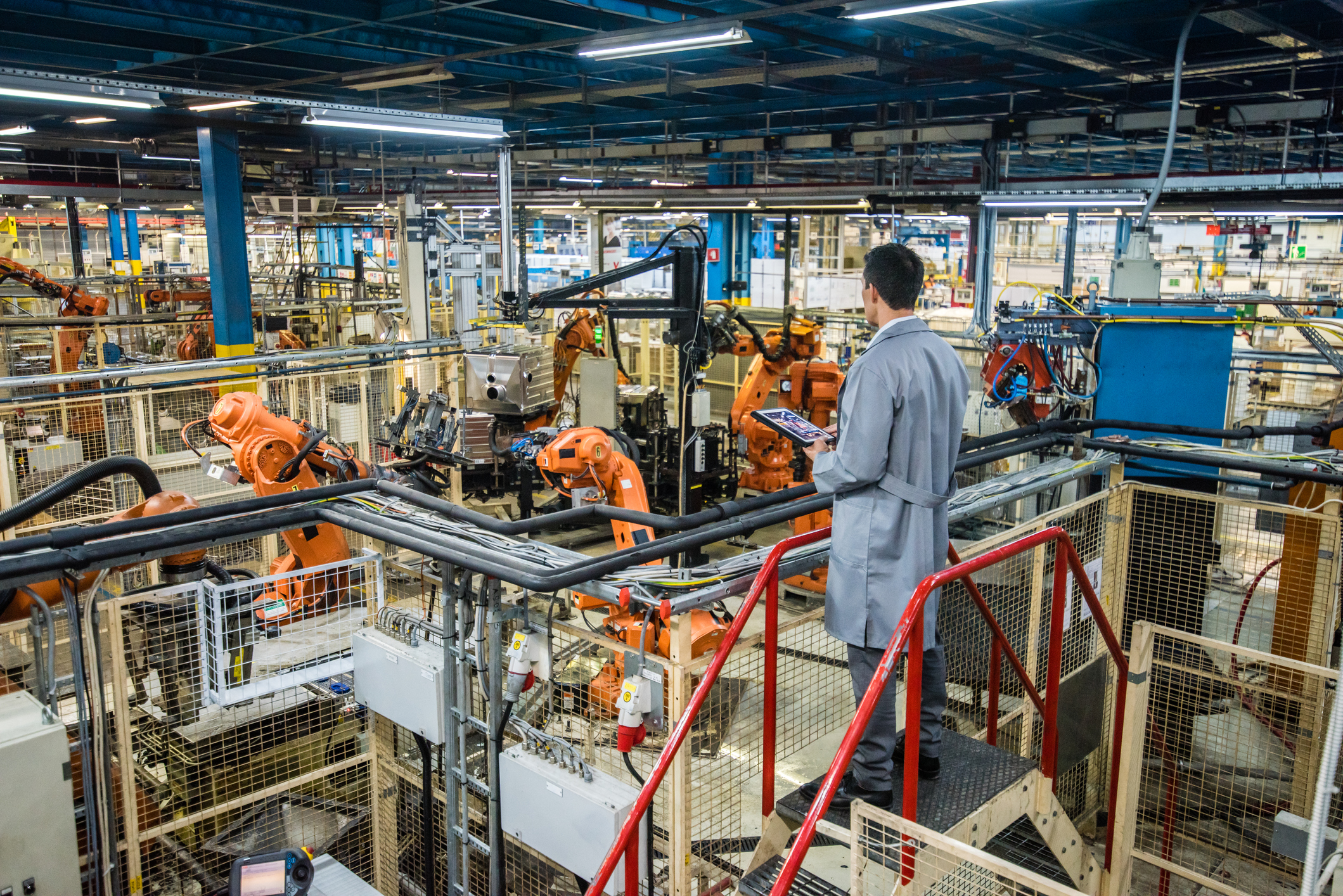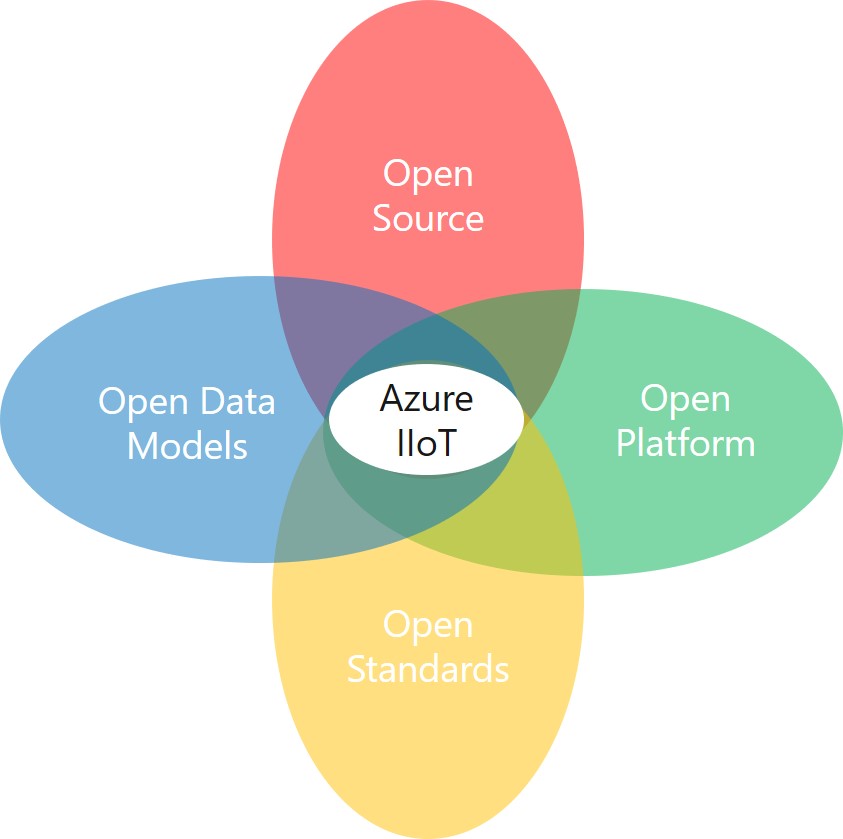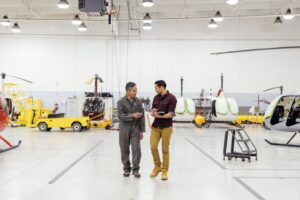
Creating an open industrial IoT ecosystem

Global-efficiency dashboards. Predictive maintenance. Asset monitoring. New, digitally enabled lines of business. Automation companies, machine builders, and manufacturers are capitalizing on these and other industrial IoT (IIoT) capabilities to wring maximum value from their operations.
These innovations rely on seamless movement of data from machine to cloud, across systems and solutions. Closed, proprietary data silos block this movement. Most production lines include machinery of many makes and vintages. Manufacturers need solutions for connecting legacy equipment and making sense of diverse data.
Today, we see a shift toward a new, open ethos based on interoperability and cooperation. The proprietary data models and interfaces that have been the rule in the manufacturing industry are giving way to open interoperability standards and open data models. And these are allowing businesses to get data from individual machines, entire factories, or the full enterprise.
Helping drive open manufacturing systems
At Microsoft, we don’t just believe in openness, we drive it—in four distinct, yet related ways.

- Open platform. With Azure, customers decide what they want to use. They can mix and match infrastructure, applications, and services at will. We provide reference architectures and use cases to support security, scalability, and performance. But customers are in control.
- Open source. Our IIoT services are all open source and OS independent. We publish them on GitHub for anyone to use. Using the MIT open source license, we encourage you to integrate them into your own products with ease. However, we also support them and are responsible for their quality.
- Open standards. Open communication formats and protocols break down barriers. We want you to be able to focus on innovation with your data, rather than spending your time accessing it. We have best-in-class data access to proprietary systems and convert data into open standards.
- Open data models. Data models determine how easily data can be analyzed. We create solutions that normalize proprietary data models using open standards, which simplify your analytics pipeline. Also, when you send data to Azure, that data is yours. We make it easy to put data in, and just as easy to get data out. Of course, that also means keeping your data secure, which explains our intense focus on IoT cybersecurity.
Our customers reap the benefits. For example, using Azure IoT, food processing equipment maker Bühler Group empowers customers to monitor machine performance and generate accurate records. Thanks to OPC UA interoperability, the company is improving supply chain transparency and opening new avenues of visibility for commodity food producers. “The ability to view data in real time gives our customers unprecedented transparency into their processes,” says Stuart Bashford, Digital Officer at Bühler Group. “This provides valuable insights to inform production-line actions.”
Moving industrial companies forward with interoperability
Interoperability is the foundation for IIoT. If the data from the machines can’t be compared, no analytics, let alone machine learning, are possible. The Open Platform Communications Unified Architecture (OPC UA) simplifies interoperability and enables manufacturers to get a head start on transforming their assets into smart factories.
OPC UA drives interoperability, security, and data normalization of industrial automation devices and systems. Since 1994, Microsoft has been collaborating with the OPC Foundation in its work with standards groups from many industries to blaze the trail toward interoperability.
This includes Microsoft’s support for OPC UA across IoT offerings, including Azure IoT and Windows 10 IoT. We even contributed a .NET Standard reference stack to the OPC Foundation GitHub open source, making us the largest contributor of open source to the OPC Foundation by a factor of 10.
Although we recommend aligning with OPC UA, our open source approach means no one’s required to use it. Our commitment to openness gives you freedom of choice. You use the tools, technologies, and solutions that make sense for your business needs. We provide the platform for your innovations.
For example, the Common Data Model is a further point of collaboration, with an aim of making all the new data being collected usable and useful. With this model, you can use data in many apps, simplify app development, and easily build reports. Data integrators no longer need to build different data models for each app.
Easing the transition to the modern factory
How do you get older machines to use a new standard? This is where our partner network comes into play, which is incidentally the largest in the industry. These partner solutions map proprietary data models to OPC UA’s open data model.
These partner solutions standardize data at the edge, close to the machine operators who understand their machine’s data best. Then, data moves to the cloud for in-depth analysis with our large suite of analytics software and machine learning. Azure can provide a globally available, single pane of glass for analyzing data from many production sites.
Looking to the future
We’re bringing all these trends together in open ecosystems. In April 2019, we announced the Open Manufacturing Platform (OMP). Built on the Azure Industrial IoT cloud platform, OMP provides an open source, standards-based reference architecture and data store as well as a cross-organization collaboration framework. The reference architecture used in the OMP will enable companies to radically accelerate deployments. It empowers them to deploy multiple use cases such as collaboration, analytics, and machine learning on a single data layer. Innovations contributed to the platform increase its utility to all, further accelerating Industry 4.0. It also provides an open framework allowing you to safely collaborate while your data and IP is protected.
OMP extends the openness beyond platforms, data, and data models to encompass applications themselves. We see a future when IoT innovation will transform not just individual companies, but entire industries. That’s the power of open.




